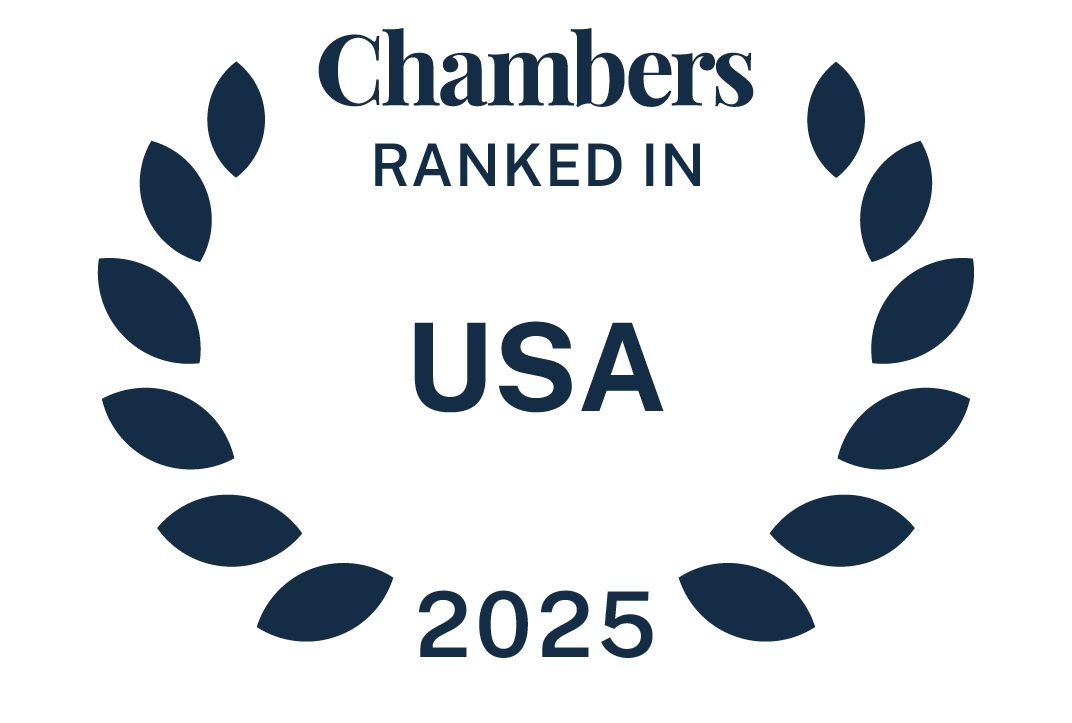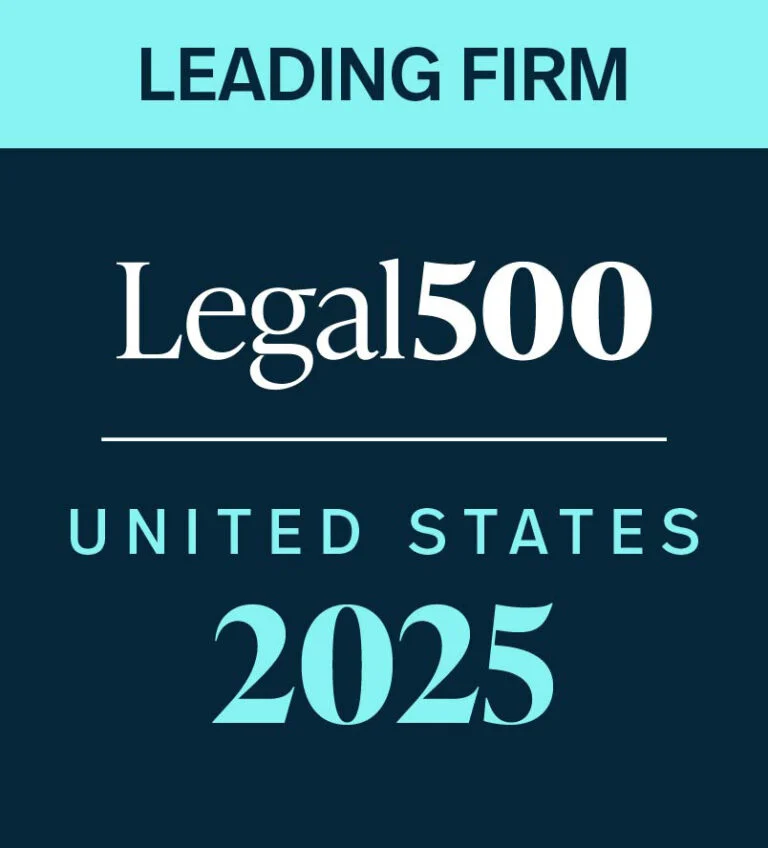Under current EU merger control rules, whether a concentration has to be notified to the European Commission (“Commission”) depends, among other things, on the level of revenue generated by the parties worldwide and in the European Union. A key question that has sparked considerable debate in recent years is whether the current merger control thresholds cover all transactions that have the potential to harm competition, or whether there is a so-called “enforcement gap”.
On September 11, during the International Bar Association’s 24th Annual Competition Conference, Competition Commissioner Margrethe Vestager announced that the Commission intends to change its approach towards referrals to the EU from national competition authorities. Commissioner Vestager noted that although the current, revenue-based thresholds set out in the EU Merger Regulation generally work well, revenue does not always reflect a company’s significance – particularly in innovative sectors, such as the pharmaceutical and digital sectors. In other words, innovative firms with low revenues may have a significantly out-sized market presence.
This issue is not entirely new, and has been debated in recent years – for example, in connection with possibly amending the thresholds set out in the EU Merger Regulation. On this point, however, Commissioner Vestager pointed out that “changing the merger regulation, to add a new threshold like this, doesn’t seem like the most proportionate solution”.
Instead, as a solution to this shortfall, Commissioner Vestager stated that the Commission intends to broaden its approach to cases referred to it from one or more EU Member States, stating that the Commission will “[…] start accepting referrals from national competition authorities of mergers that are worth reviewing at the EU level – whether or not those authorities had the power to review the case themselves”.
The current referral system set out in the EU Merger Regulation enables the Commission to review concentrations that fall below the EU thresholds. Indeed, in recent years, certain significant transactions have been reviewed by the Commission only after an upward referral, as they did not fulfil the jurisdictional thresholds of the EU Merger Regulation, including for example Apple/Shazam (2018), Microsoft/GitHub (2018) and Facebook/WhatsApp (2014). Under the current rules, the Commission can review transactions which fall below the EU merger control thresholds on the basis of referrals from national competition authorities where:
- the concentration is notifiable in at least three Member States; or
- where the concentration affects trade between Member States and threatens to significantly affect competition within the Member State(s) making the request for a referral.
The Commission has discouraged national competition authorities from referring cases to the Commission in instances when they themselves did not have the power to review because national merger control thresholds were not met.
The proposal announced by Commissioner Vestager would change this approach, and would allow a broader universe of cases – including those which fall below national thresholds – to be referred to the Commission. Ms. Vestager explained that “those referrals could be an excellent way to see the mergers that matter at a European scale, but [...]
Continue Reading
read more


 Subscribe
Subscribe
